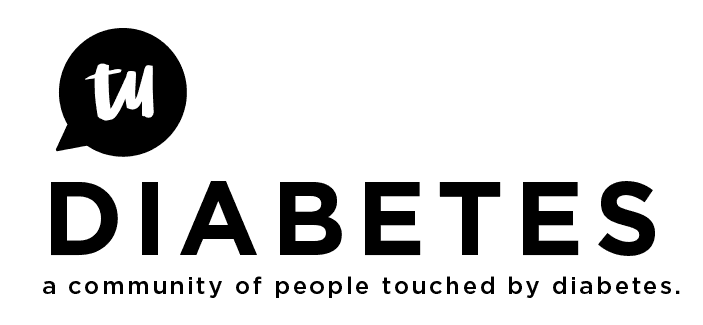WRITTEN BY: KAYLA HUI, MPH
Editor’s Note: ATTD is a technology conference that provides a platform for clinicians and scientists to present and discuss insights on diabetes technology and treatment. This article will be updated regularly with breaking news and announcements during the course of the ATTD Conference. Check back often! Follow along on Twitter at #ATTD2021
WEDNESDAY, JUNE 2, 2021
- In a one-year study conducted by researchers at Antwerp University Hospital, they found that participants who changed from regular insulin aspart (Novolog) to fact-acting insulin aspart (Fiasp) had a five percent increase in time-in-range, corresponding to 75 minutes per day.
- In a 6-month, multi-center, randomized controlled trial comparing real-time (rtCGM) and intermittently scanned (isCGM) continuous glucose monitoring, rtCGM was found to be associated with higher Time in Range and lower HbA1c. Skin reaction was more common with isCGM and bleeding was more frequently reported with rtCGM.
- Based on National Health and. Nutrition Examination Survey (NHANES) data, a randomized clinical trial including 175 adults with Type 2 diabetes, over a course of eight months, participants HbA1c levels decreased significantly with continuous glucose monitoring when compared to blood glucose monitoring (-1.1 percent vs. -0.6 percent).

